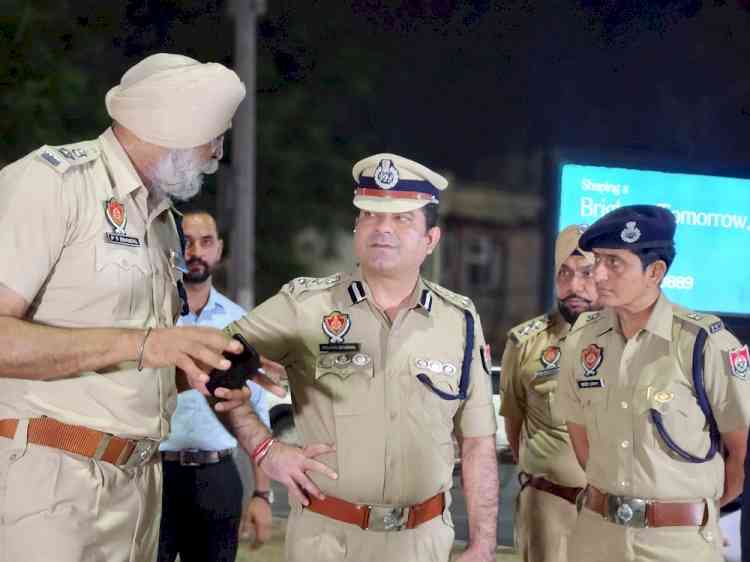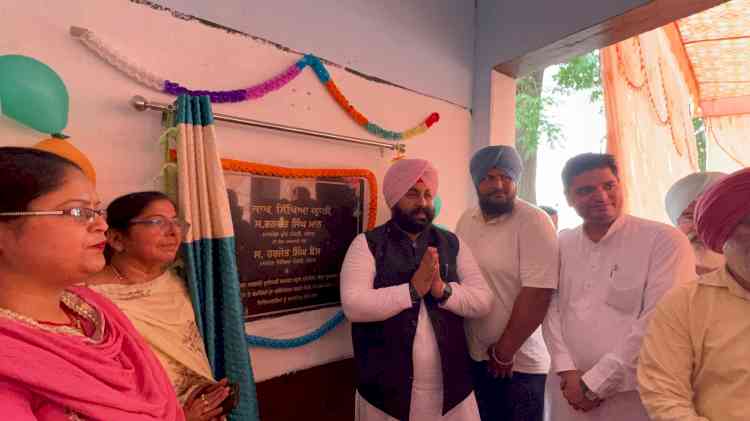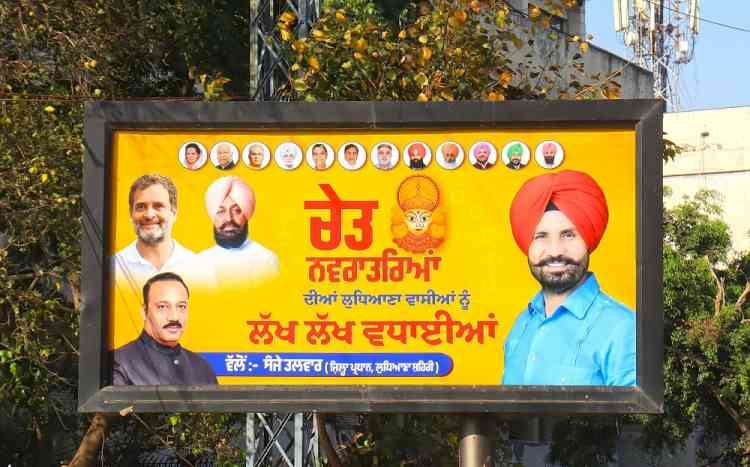Ludhiana Commissionerate Police roll out High-Tech ERS for smarter traffic and faster response time
The Ludhiana Commissionerate Police have launched an Emergency Response System (ERS) and divided the city into eight zones to improve traffic management, streamline vehicular movement and quick response to any situation. This initiative integrates various wings, including a command and control center, a wireless control room, PCR vans, and PCR bikes.

Ludhiana: The Ludhiana Commissionerate Police have launched an Emergency Response System (ERS) and divided the city into eight zones to improve traffic management, streamline vehicular movement and quick response to any situation. This initiative integrates various wings, including a command and control center, a wireless control room, PCR vans, and PCR bikes.
During a review of the traffic situation at major intersections, Commissioner of Police Swapan Sharma observed vehicular flow at Bharat Nagar Chowk and Jagraon Bridge in the late evening. He indicated that the new system aims to alleviate traffic congestion while ensuring effective use of resources, including PCR staff, traffic personnel and others.
The decision to divide Ludhiana into eight distinct zones is a strategic effort to decentralize traffic management and address the specific challenges faced by each area. Each zone will have its own dedicated team, headed by a sub-inspector, along with other officers and a permanent cabin complete with facilities such as drinking water and electricity. This team will be responsible for monitoring and regulating vehicular flow within their designated zones. The zoning system will enable quicker response times to traffic jams and accidents while enhancing coordination between areas to prevent congestion from spilling into neighbouring zones.
The Commissioner emphasized that this initiative focuses not only on providing immediate relief but also on ensuring long-term sustainability. He also noted that staff at the command and control center will be assigned to specific zones to monitor traffic congestion, jams, and accidents through live feed from CCTV cameras, enabling real-time assessments and adjustments. He added that public awareness campaigns would also be crucial in encouraging citizens to comply with traffic regulations and support the new management framework. If successful, this zoning model could serve as a blueprint for other cities facing similar urban mobility challenges, marking a significant advancement in Ludhiana’s efforts toward efficient traffic governance.


 City Air News
City Air News 






